I need to communicate between a microcontroller that has an integrated MAC (Datasheet) and a microprocessor that has an integrated MAC and PHY (Datasheet). The pins of the MAC on the processor are already used by design, so I use an Ethernet transceiver with an integrated PHY between the two (Datasheet). Here is the schematics :
The chips are on the same board. There will not be a RJ45 connector. The maximum distance between them will be some centimeters. I do not know yet if I will use 10 or 100 Mbps.
My questions are as follows:
- Do "magnetics" and "transformer" are the same thing?
- Do I need one? If no, in which cases do I need one?
- Do I need to use impedance matching for the Ethernet wires, even for such a small distance?
Thanks.
